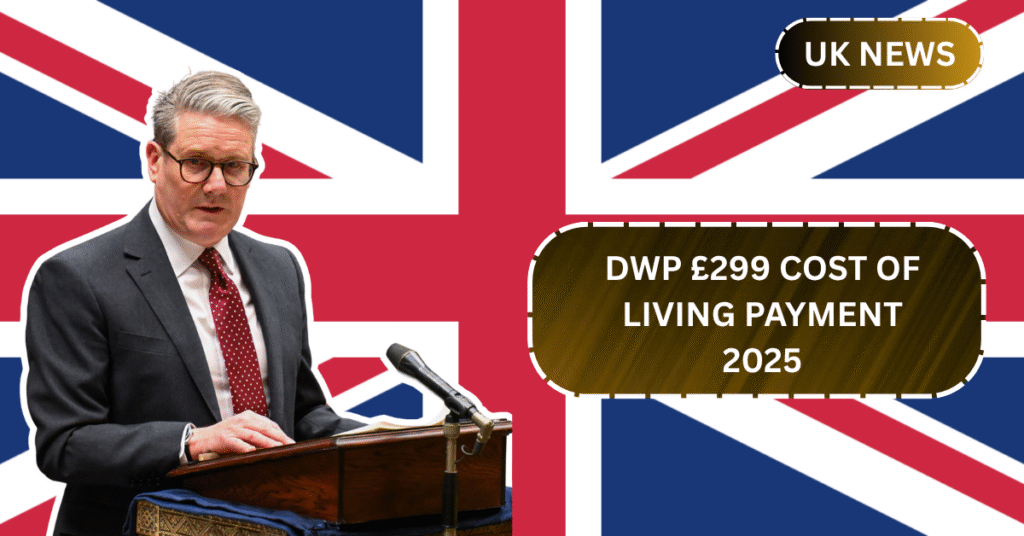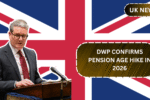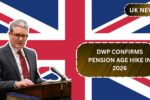The UK government has confirmed the final £299 cost of living payment under the Department for Work and Pensions (DWP) scheme. This payment is part of a broader financial support plan announced earlier to help millions of households struggling with rising bills, energy costs, and food prices.
If you’ve already received previous cost of living payments, you may be eligible for this final installment too. Here’s everything you need to know about when it’s coming, who will get it, and how to check your eligibility.
Why Is the Government Giving This £299 Payment?
This Article Includes
- 1 Why Is the Government Giving This £299 Payment?
- 2 Who Will Get the £299 DWP Payment in 2025?
- 3 When Will the £299 Payment Be Made?
- 4 How Will the Payment Appear in Your Bank Statement?
- 5 What If You Don’t Receive the Payment But Think You’re Eligible?
- 6 Why This Payment Matters
- 7 Additional Support You Can Still Apply For
- 8 Final Thoughts
This payment is the third and final installment of the £900 cost of living support announced in 2023-24. It was introduced to help low-income households, pensioners, and people on disability or income-based benefits deal with the rising cost of essentials.
The earlier two payments—£301 and £300—have already been given in 2023. Now, the last £299 payment will be made in early 2025, bringing the total support to £900.
Who Will Get the £299 DWP Payment in 2025?
To receive the final £299 payment, you must be receiving at least one of the following benefits:
- Universal Credit
- Pension Credit
- Income-based Jobseeker’s Allowance (JSA)
- Income-related Employment and Support Allowance (ESA)
- Income Support
- Working Tax Credit
- Child Tax Credit
Note: If you are only on New Style ESA or New Style JSA, you are not eligible.
You must have been entitled to one of these benefits between specific qualifying dates (to be announced by DWP) in late 2024 or early 2025.
When Will the £299 Payment Be Made?
The exact payment window has not been confirmed yet, but it is expected to be between February and March 2025. The government will likely follow a similar pattern as earlier payments, with staggered deposits for different benefit types.
If you qualify, the amount will be sent directly to your bank account where you usually receive your benefit payments. You do not need to apply separately for this support.
How Will the Payment Appear in Your Bank Statement?
The payment will show up with a reference including your National Insurance number, followed by ‘DWP COL’ or ‘HMRC COLS’, depending on whether you receive benefits from DWP or HMRC (such as Tax Credits).
Example: ‘AB123456C DWP COL’
This helps you quickly recognize the payment when checking your bank statement.
What If You Don’t Receive the Payment But Think You’re Eligible?
If the payment date passes and you haven’t received your £299 despite meeting the eligibility criteria, don’t worry. The DWP usually allows a reporting window after the payment period ends, where you can raise a query.
Visit the official GOV.UK website and go to the “Missing Cost of Living Payment” section to file your report. Make sure you have your benefit details and bank information ready.
Why This Payment Matters
This final £299 support payment could be the last major cost of living boost under the current plan. While it won’t fix all money problems, it can help families deal with:
- Utility bills during colder months
- Grocery inflation
- Rent or mortgage stress
- Unexpected expenses
For many households, this support provides a bit of relief during difficult times.
Additional Support You Can Still Apply For
Even if you’re not eligible for the £299 payment, you may still qualify for other local or national schemes like:
- Household Support Fund (check with your local council)
- Warm Home Discount Scheme
- Winter Fuel Payments (for pensioners)
- Disability Cost of Living Payments (if applicable)
Stay updated on the official DWP and GOV.UK websites to explore what additional help may be available.
Final Thoughts
The £299 cost of living payment in 2025 is one more step the government is taking to support struggling families. If you’re already on qualifying benefits, make sure your details are up to date and wait for the official announcement of payment dates.
Even though it’s a one-time payment, it can help ease some of the everyday financial pressure many households are facing. Keep an eye on your account, and make sure you’re aware of other government support you might be entitled to.




